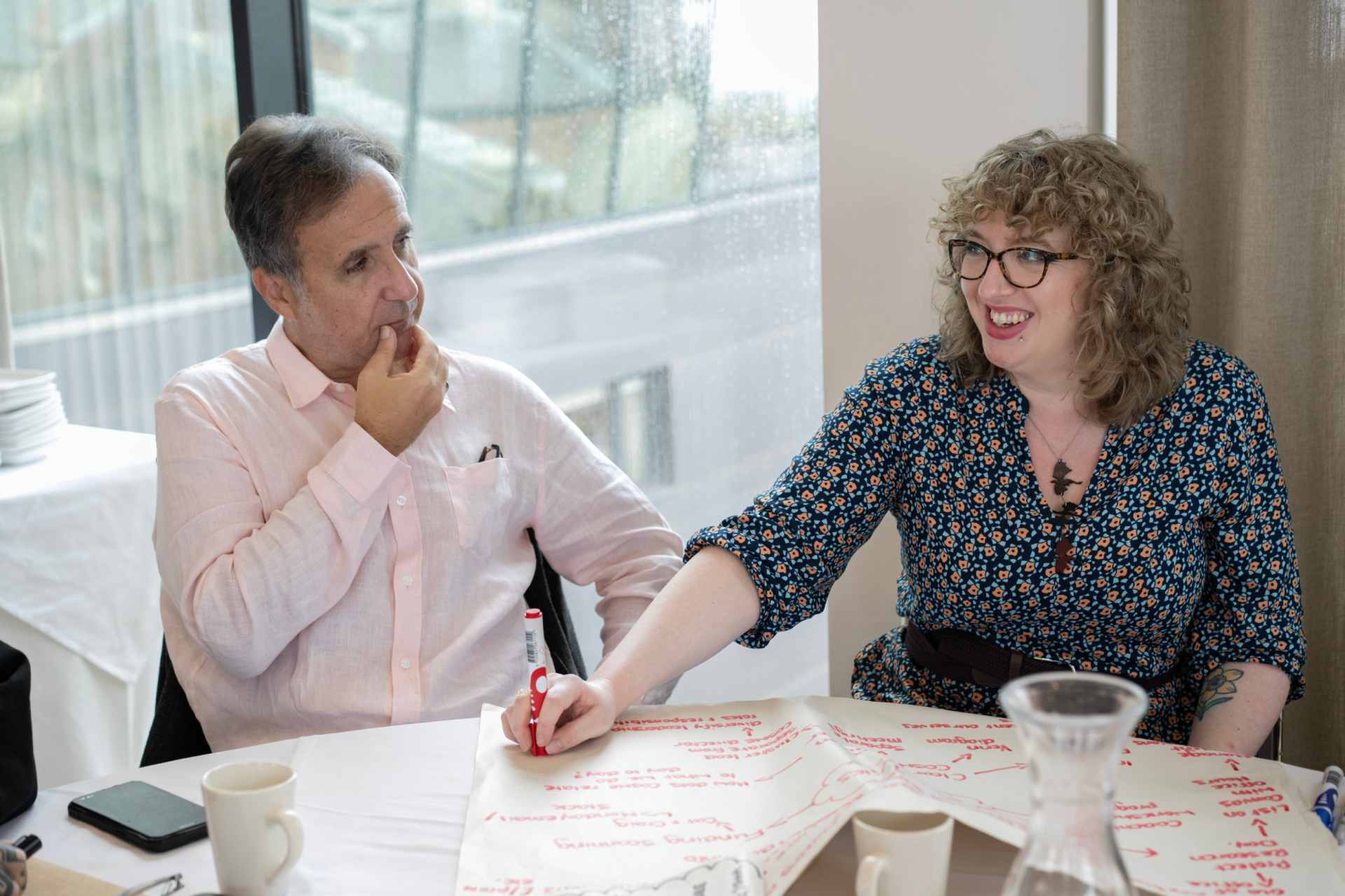MA Visual Culture
The MA Visual Culture offers an exciting opportunity to engage with current debates in cultural, media and communication studies about the impact of contemporary media on everyday life. The programme addresses the changes, challenges and unprecedented possibilities that digital media bring to everyday life in the twenty-first century, while emphasizing the importance of studying media in a wider historical context.
By exploring the ways in which media and everyday life are intertwined, the programme addresses broader questions of modernity and social change, ranging from experiences of everyday space, time and mobility, to the impacts of media on self and identity, how we access, ‘store’ or remember the past, and the broader environmental, infrastructural and social impacts of digital technologies.
Informed by cutting-edge research in the field of cultural, media and communication studies, the programme is widely interdisciplinary in scope, drawing on perspectives from disciplines such as cultural studies, anthropology, visual culture, philosophy, cultural geography, urban studies, games and memory studies.
The programme is built around three core modules which focus on:
- The study of contemporary media together with past forms of media, in order to a) understand the historical origins or predecessors of today’s media, and b) to understand how media change is produced, experienced and negotiated.
- Reflexive analysis of media as forms of everyday social and cultural practice, in order to get a better understanding what it is we do with everyday media technologies in social and urban worlds that are becoming increasingly mediatised.
- Research methods and approaches used in the study of media, culture and everyday life.
You will develop skills that directly enhance employability, including applying critical thinking skills, giving presentations, plus data management, problem-solving, team-working and research design and implementation.
You'll be able to pursue your own specific research/study interest in media, culture and everyday life via a 12,000-15,000 word dissertation and by choosing from a range of masters-level module options offered by the Department and wider School.

Why Communication and Media at the University of Liverpool?
The Department of Communication and Media employs around 35 permanent staff who work on a wide range of interdisciplinary research on topics. Find out more.